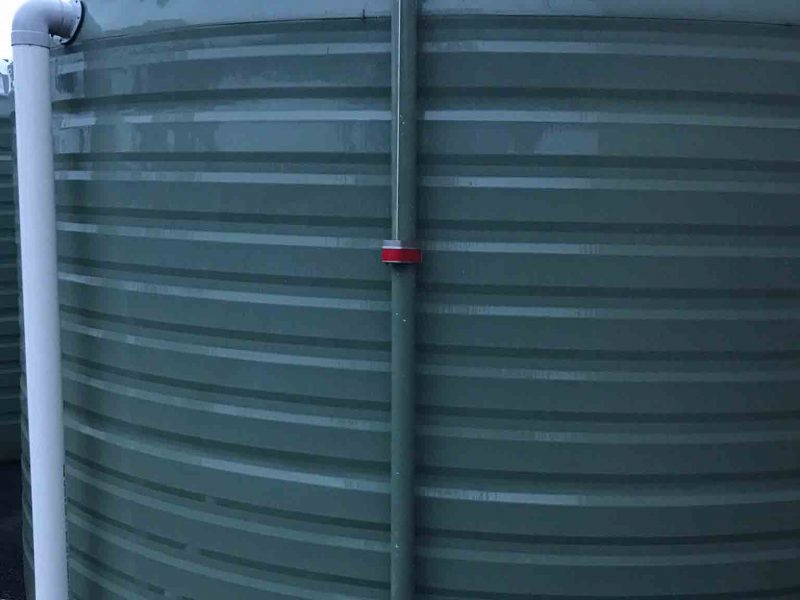Everything You Need To Know About Rainwater Tanks
Rainwater tanks are a cornerstone of sustainable living in Toowoomba, offering a practical solution to water conservation challenges. This blog post explores the world of rainwater harvesting, focusing on the critical role rainwater tanks play in preserving our natural resources. From the basics of collecting rainwater to the intricacies of tank types, installation and maintenance, we’ll cover everything you need to know. Join us as we navigate the benefits and practicalities of using rainwater tanks, an essential step towards a more sustainable and self-sufficient lifestyle.

Understanding The Basics Of Rainwater Harvesting
Rainwater harvesting is a simple yet effective method of collecting and storing rainwater for later use. This practice has been around for centuries, but with modern advancements, it has become more efficient and beneficial.
In Toowoomba, rainwater tanks are essential for capturing natural rainwater, which can be used for various purposes like irrigation, stock watering or even as potable drinking water. These tanks, made using computer-controlled equipment, are designed to be durable and fit for purpose, ensuring longevity and reliability.
The Role of Rainwater Tanks in Water Conservation
Rainwater tanks are more than just storage vessels; they are key players in the sustainable management of our most precious resource: water. Here’s how:
- Reducing Dependency on Mains Water: Using rainwater lessens reliance on municipal supplies, conserving water.
- Environmental Benefits: Harvesting rainwater reduces surface runoff, soil erosion and waterway pollution.
- Cost-Effective: Utilising rainwater for various purposes can significantly lower water bills.
- Emergency Water Supply: During water restrictions or droughts, rainwater tanks provide an important alternative source.
Types Of Rainwater Tanks: Features And Selection
Polyethylene Tanks
- Durable Material: Made from UV-resistant polyethylene, ensuring long-term use.
- Food and Water Safe: Compliant with the ideal standards for food contact and potable water storage.
- Variety of Sizes: Available in sizes from 1,000L to 25,000L, catering to different needs.
Slimline Tanks
- Space-Efficient Design: Ideal for properties with limited space.
- Aesthetic Appeal: Sleek design that can easily blend with the property’s exterior.
Installation Insights: What You Should Know
Installing a rainwater tank is an important process that requires careful planning and consideration. The size of the tank, the intended use of the harvested water and the property’s layout are important factors to consider. It’s often advisable to consult with a professional to determine the best and safest method for installation.
Proper installation ensures optimal functionality of the tank and compliance with local regulations and standards. Additionally, considering the orientation and position of the tank can maximise rainwater catchment and ease of access for maintenance.
Maintenance And Upkeep Of Your Rainwater Tank
Maintaining your rainwater tank is important for ensuring its longevity and the quality of the water it stores. Regular upkeep extends the life of your tank and guarantees that the water you collect remains clean and safe for use:
- Regular Cleaning: To prevent algae growth and sediment buildup, it’s recommended to clean your tank every 2-3 years.
- Inspecting for Leaks: Regularly check for leaks or cracks in the tank.
- Checking Pumps and Filters: Ensure that pumps and filters are functioning correctly.
- Gutter Maintenance: Keeping gutters clean is essential for quality rainwater collection.
Your Journey To Water Conservation Starts Here
At Toowoomba Plastics, we understand the importance of sustainable living and the role rainwater tanks play in this. Our range of high-quality rainwater tanks is designed to meet your specific needs, ensuring you make the most of every raindrop. Whether you’re looking to reduce your environmental footprint, save on water bills or have a reliable water source, we are here to help. Get in touch via our contact page or give us a call for more information. Let’s work together towards a sustainable future, one rainwater tank at a time.





